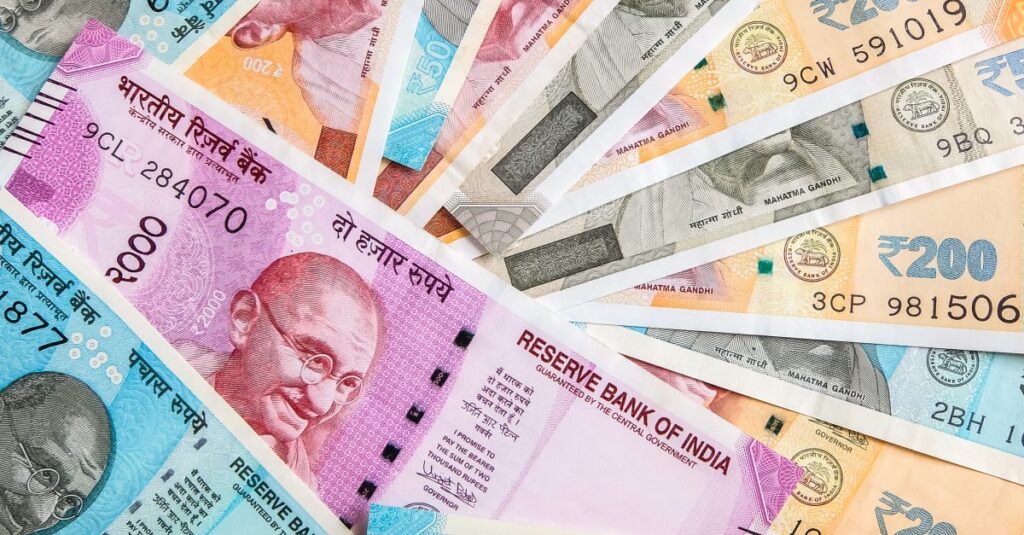According to reports, the Reserve Bank of India (RBI) plans to introduce offline features for its Central Bank Digital Currency (CBDC), the digital rupee.
RBI Governor Shaktikanta Das unveiled the program to encourage increased uptake in India’s underconnected areas.
This declaration, made on February 8 during a review by the Monetary Policy Committee, emphasized the RBI’s dedication to enabling digital currency use even in the most isolated areas of the nation.
The one million daily transactions of the digital rupee, which were first introduced in a pilot program in December 2022, have already been completed by December 2023.
Offline capabilities allow transactions to be completed without internet connectivity, which aims to close the digital divide, particularly in hilly and rural areas.
Furthermore, the RBI intends to evaluate a range of offline approaches, encompassing proximity-based and non-proximity-based techniques, to guarantee effectiveness. And also comprehensive financial services in a variety of geographical contexts.
Note that the CBDC system supports person-to-person (P2P) and person-to-merchant (P2M) transactions via digital wallets given by pilot banks.
This development fits into the RBI’s larger plan, which was first presented by Ajay Kumar Choudhary, the executive director of the RBI, in March 2023. This is to improve cross-border transactions and integrate with global financial systems.
Although the digital rupee has a novel offline feature, popular offline payment services like the Unified Payments Interface (UPI) already operate in India.
The CEO of blockchain analytics company Crebaco, Siddharth Sogani, stressed that although CBDCs are a substitute for cash, the government’s main objective of closely observing financial transactions and gradually eliminating cash is in line with their main objective.
